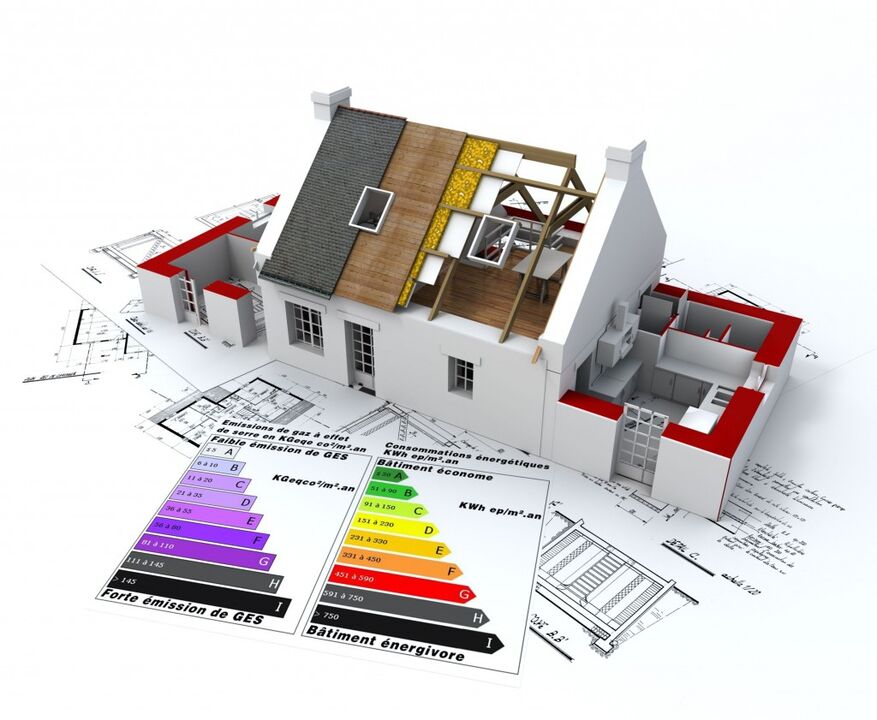
Every year more and more people choose to live in the private sector. Building green homes is a modern trend that cannot be achieved without the introduction of energy efficient technologies. The main secret of the effectiveness of such houses lies in the combination of engineering and architectural design of the house. It is very difficult to implement energy saving technologies in an already built house - it is a very expensive reconstruction, sometimes even impossible.
In many countries it is common to build wooden houses with energy efficient technologies. It is very important to think through all the details of the construction so that your solution turns out to be profitable. For example, if you do not plan to live in your house permanently, there is no point in thermally insulating the floor. Underfloor heating systems will be cheaper in the long run.
As you think about the design of the house, you will need to determine your priorities: a large window will bring more light into your house, but a small one will keep you warm. Most likely, you will have to abandon the idea of installing panoramic windows.
Place the room where you intend to spend most of your time on the sunniest side. As a result, the house will receive more solar energy during the day. Rooms such as bathroom, WC, garage can be oriented north.
Thermal insulation of a wooden house
After you have built the house, it is time to think about good thermal insulation. The main objective at this stage is to minimize heat loss to the environment.
More than 40% of the heat passes through the walls of the house, so it is important to consider the following factors:
- changes in structure during removal;
- precise connection of joints;
- calculation of the future shrinkage (for multi-layer beams it will be about 1%);
- insulation of the composition at the junction of the roof.
The house loses 20% of its heat through the roof. It should be insulated with the same material as the walls. When choosing a material for insulation and building a house, you should remember that the thickness of the insulation layer should be at least 20 cm.
Double glazing
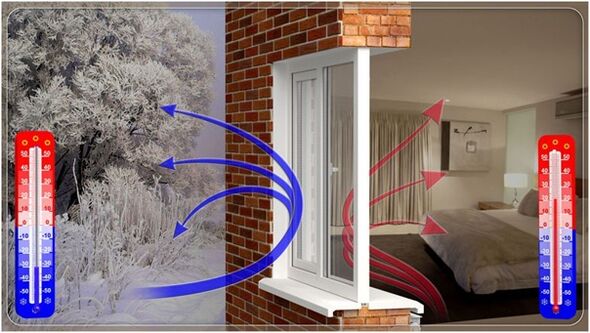
More than 20% of the heat goes through the windows. Currently, there are two types of glass that can prevent heat loss in the house:
- Low Emitting Glass, which has a material that allows ultraviolet rays to pass through the interior of the home while long waves (generated by heaters and people) remain in the home.
- Selective glass. Double-glazed windows in such a window are filled with gas, so they have a lower thermal conductivity than air. The result is less heat is transferred from the house to the environment.
We insulate the floors
The following materials are used to insulate the floor:
- The insulating compound is an easy way to stay warm and you can add a decorative blanket right away. The only downside is its high price.
- Aerated concrete is a cement-sand coating, it has nitrogen bubbles in the structure, which makes the floor very resistant.
- Cement-sand slab with grains of plastic foam, vermiculite, expanded clay, marble chips.
Walls
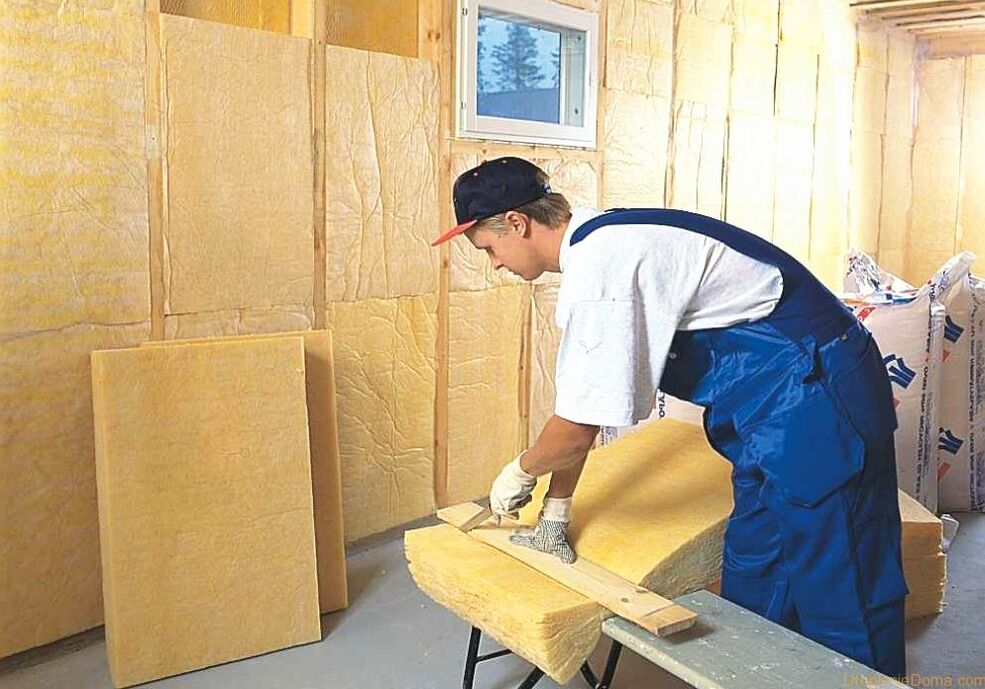
The house loses 10% of its energy through the foundation walls. This is due to the freezing of the ground in winter. All experts recommend insulating the basement walls and ceiling. This will have a positive impact on protecting your home from environmental influences. The following materials are mainly used here:
- Polyurethane sprayer.
- Polystyrene.
- Expanded clay. It is the least popular, because it is more labor-intensive and has a higher thermal conductivity than previous materials.
Heating costs are the most important of all household costs. That is why the question of heating and its efficient operation is popular in private wooden houses. In this area, an integrated approach must be used, which includes several stages:
- selection of modern methods of heating systems;
- cheap and environmentally friendly fuel;
- good thermal insulation at home;
- thermal insulation of windows and doors.
In this case, you will spend the winter in comfortable conditions and without huge fuel costs.
First of all, you need to first insulate the wooden house. This is the first important element. You will only have to invest the money once during the construction phase of the house and it will save your budget considerably. A well-insulated house is the one with the least heat loss, and therefore the lowest heating costs. Heat losses can be multiplied by several, even if a single window is poorly insulated. The use of advanced isolation techniques is recommended. Using old-fashioned methods is a waste of time and money.
Boiler automation
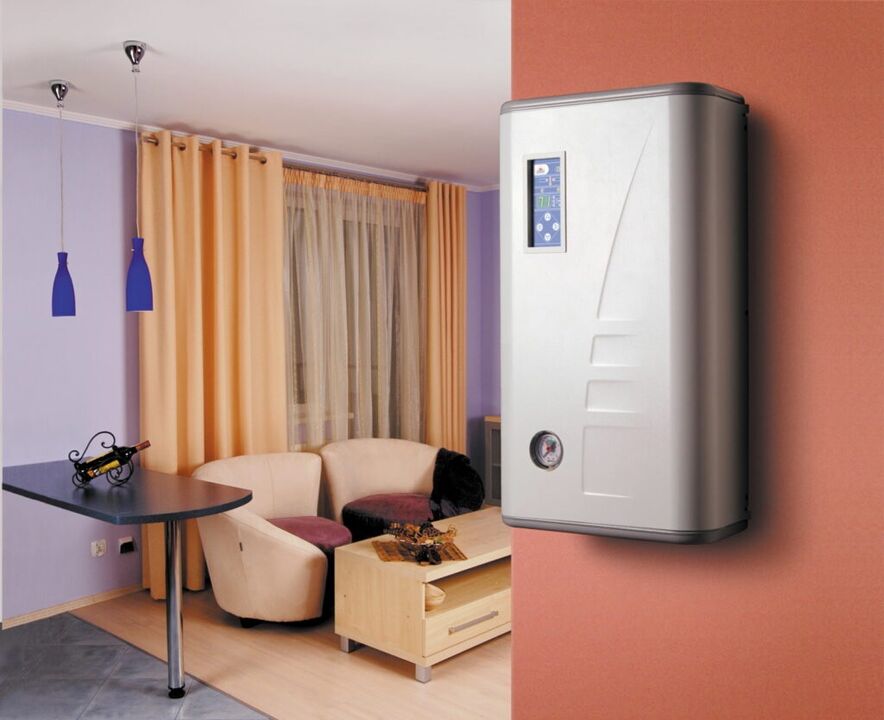
A 1 ° C increase in interior temperature will increase fuel consumption by 5%. This problem can be maintained by installing boiler automation systems.
Automation allows you to control comfort conditions - a decrease or increase in the temperature outside the house will automatically change the temperature inside the room without delay. This system is fuel efficient and highly efficient, will save you money in the long run. In a situation where you leave the house for a few days, it is not necessary to heat the house to the maximum. In this case, the automation can be set for a specific time. This means that the system maintains minimum temperature conditions while you are away from home and warms it to normal temperature a few hours before your arrival.
Floor heating system
This system is considered to be the most economically viable today. And if you combine it with a condensing boiler, the efficiency will be increased several times. Compared to a traditional heating system such as a radiator, it is not only economical but also very fast. The underfloor heating system distributes heat to the full height of the room, creating a comfortable indoor environment.
Solar panels
Nowadays, solar panels are becoming an increasingly common source of energy. The main problem that has prevented the solar system from being introduced into everyday life is the use of solar cells to convert sunlight into electricity. It is a very expensive technology.
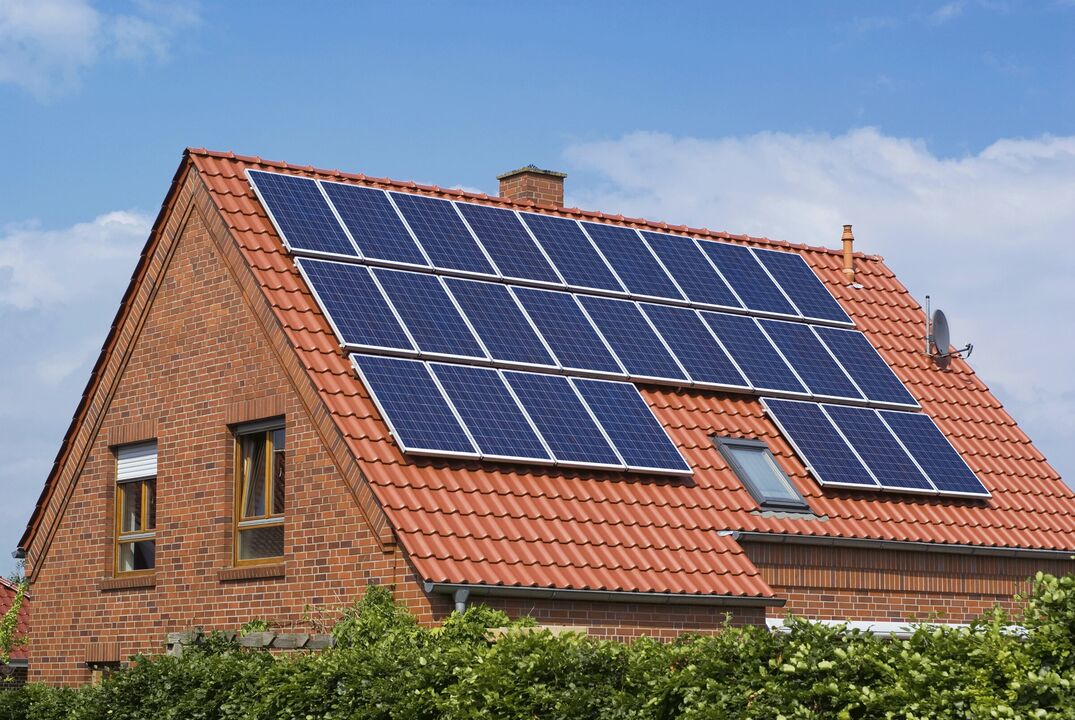
The main advantages of solar houses:
- solar energy is infinite;
- this source of energy is respectful of the environment;
- no greenhouse gas emissions.
Solar panels have no moving parts. This means that the only thing you will need to do after installation is to take care of the panels and keep them clean. Snow, dust, raindrops on the batteries can reduce the amount of sunlight. Remember that dust on structures can reduce the amount of electricity by up to 7%. But it is not necessary to clean very often. One to four times a year will suffice. For this you only need a hose with a nozzle. It is recommended to replace the batteries every ten years.
Where is your house located
The geographic location of your home will have a significant impact on the efficiency of solar energy. Electricity from solar panels depends on direct sunlight, so shade from tall trees or neighboring buildings will create a barrier. The more batteries are exposed to direct sunlight, the more efficiently the system will operate.
Before deciding to install solar panels, find out about the value of sunlight in your area. Insolation is a measure that measures the amount of solar radiation that hits the earth in a given area over a period of time. High solar exposure means a large amount of electricity.
You must understand that only you can decide on the energy saving systems for your wooden house. Discuss all the details with a specialist, he will take into account all your wishes. It will make your future home not only energy efficient, but also attractive.
























